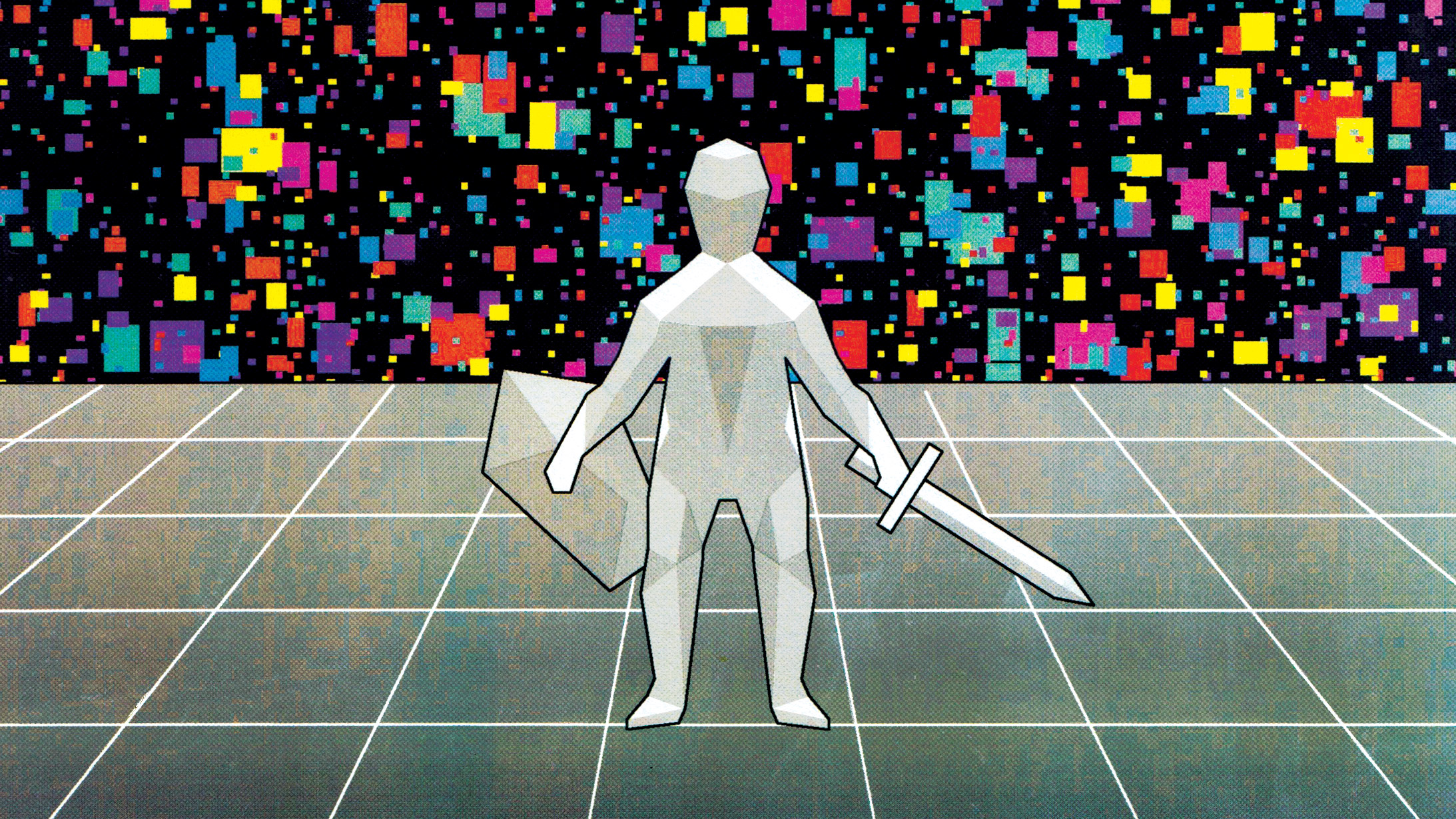The Download: what’s next for AI, and stem-cell therapies
This is today’s edition of The Download, our weekday newsletter that provides a daily dose of what’s going on in the world of technology.
What’s next for AI in 2025
For the last couple of years we’ve had a go at predicting what’s coming next in AI. A fool’s game given how fast this industry moves. But we’re on a roll, and we’re doing it again.
How did we score last time round? Our four hot trends to watch out for in 2024 pretty much nailed it by including what we called customized chatbots (we didn’t know it yet, but we were talking about what everyone now calls agents, the hottest thing in AI right now), generative video, and more general-purpose robots that can do a wider range of tasks.
So what’s coming in 2025? Here are five picks from our AI team.
—James O’Donnell, Will Douglas Heaven & Melissa Heikkilä
This piece is part of MIT Technology Review’s What’s Next series, looking across industries, trends, and technologies to give you a first look at the future. You can read the rest of them here.
Stem-cell therapies that work: 10 Breakthrough Technologies 2025
A quarter-century ago, researchers isolated powerful stem cells from embryos created through in vitro fertilization. These cells, theoretically able to morph into any tissue in the human body, promised a medical revolution. Think: replacement parts for whatever ails you.
But stem-cell science didn’t go smoothly. Even though scientists soon learned to create these make-anything cells without embryos, coaxing them to become truly functional adult tissue proved harder than anyone guessed. Now, though, stem cells are finally on the brink of delivering. Read the full story.
Stem-cell therapies is one of our 10 Breakthrough Technologies for 2025, MIT Technology Review’s annual list of tech to watch. Check out the rest of the list, and cast your vote for the honorary 11th breakthrough—you have until 1 April!
The must-reads
I’ve combed the internet to find you today’s most fun/important/scary/fascinating stories about technology.
1 Meta will no longer employ fact-checkers
Instead, it will outsource fact verification to its users. (NYT $)
+ What could possibly go wrong!? (WSJ $)
+ The third party groups it employed say they were blindsided by the decision. (Wired $)
2 American workers are increasingly worried about robots
The wave of automation threatening their jobs is only growing stronger. (FT $)
+ Will we ever trust robots? (MIT Technology Review)
3 NASA isn’t sure how to bring Martian rocks and soil to Earth
It’s enormously expensive, and we can’t guarantee it’ll contain the first evidence of extraterrestrial life we hope it does. (WP $)
+ NASA is letting Trump decide how to do it…(NYT $)
4 Meta has abandoned its Quest Pro headset
What does this tell us about the state of consumer VR? Nothing good. (Fast Company $)
+ Turns out people don’t want to spend $1,000 on a headset. (Forbes $)
5 The man who blew up a Cybertruck used ChatGPT to plan the attack
He asked the chatbot how much explosive was needed to trigger the blast. (Reuters)
6 Hackers claim to have stolen a huge amount of location data
It’s a nightmare scenario for privacy advocates. (404 Media)
7 A bitcoin investor has been ordered to disclose secret codes
Frank Richard Ahlgren III has been sentenced for tax fraud, and owes the US government more than $1 million. (Bloomberg $)
8 The world is far more interconnected than we realized
Networks of bacteria in the ocean are shedding new light on old connections. (Quanta Magazine)
9 The social web isn’t made for everyone
Its constant updates are a nightmare for people with cognitive decline. (The Atlantic $)
+ How to fix the internet. (MIT Technology Review)
10 Is Elon Musk really one of the world’s top Diablo players?
His ranking suggests he plays all day, every day. (WSJ $)
Quote of the day
“We have completely lost the plot.”
—A Meta employee laments the company’s decision to hire new board member Dana White, 404 Media reports.
The big story
How generative AI could reinvent what it means to play

June 2024
To make them feel alive, open-world games like Red Dead Redemption 2 are inhabited by vast crowds of computer-controlled characters. These animated people—called NPCs, for “nonplayer characters”—make these virtual worlds feel lived in and full. Often—but not always—you can talk to them.
After a while, however, the repetitive chitchat (or threats) of a passing stranger forces you to bump up against the truth: This is just a game. It’s still fun, but the illusion starts to weaken when you poke at it.
It may not always be like that. Just as it is upending other industries, generative AI is opening the door to entirely new kinds of in-game interactions that are open-ended, creative, and unexpected. The game may not always have to end. Read the full story.
—Niall Firth
We can still have nice things
A place for comfort, fun and distraction to brighten up your day. (Got any ideas? Drop me a line or skeet ’em at me.)
+ Why Feathers McGraw is cinema’s most sinister villain, bar none. ($)
+ Intrepid supper clubs sound terrible, but these other travel trends for 2025 are intriguing.
+ Steve Young is a literal pinball wizard, restoring 70-year old machines for the future generations to enjoy.
+ It’s time to pay our respects to a legend: Perry, the donkey who inspired Shrek’s four-legged sidekick, is no more.



